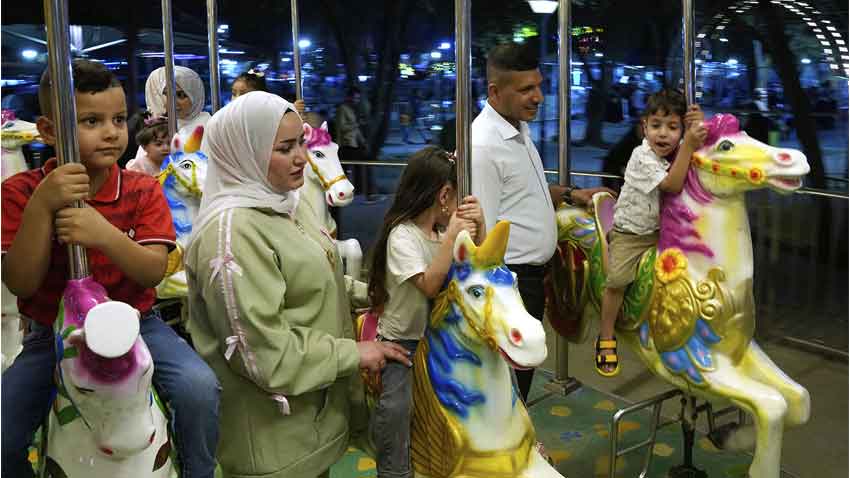
Pew’s Global Religious Landscape study is the second edition of a demographic report of religious groups, started in 2010.
Between 2010 and 2020, the Muslim population grew the most in the Asia Pacific region, which is home to the largest Muslim population, increasing by 16.2%. Muslims are largely concentrated in regions with high population growth, like the Middle East-North Africa region, where they represent 94.2% of the population, and sub-Saharan Africa, where they represent 33%.
During the mentioned period of 10 years, Christianity grew by 122 million members, but declined as an overall slice of the world’s population. Still, Christianity remains the world s largest religion, with 2.3 billion believers — nearly 29% of the world s population.
Conrad Hackett, a senior demographer at Pew Research Center, said, "We look at the demographic characteristics of these groups, their age structure, how many children they re having, how much education they have, because these demographic characteristics affect the future size of the religious groups.”
The report reveals how religious disaffiliation and population growth influenced the global religious landscape.
Read more: Rae Lil Black, who embraced Islam, is now focusing on her spiritual growth journey
The world s Muslim population increased by 347 million people over 10 years — more than all the other religions combined — primarily due to natural demographic growth.
"Muslims are having children at a greater number than Muslims are dying," Hackett said. "Very little of the change in Muslim population size is a result of people becoming Muslim as adults or leaving Islam as adults."
Researchers relied on 2,700 data sources, including national censuses, demographic surveys, population surveys and population registers, to document the religious affiliations of 100,000 people across 201 countries. While questions varied from one survey to another, most participants were asked about the religion with which they identified.
The study also analyzed religious data in conjunction with data on fertility and mortality rates and age distribution to measure demographic changes between 2010 and 2020. It also noted delays in the collection of data caused by the COVID-19 pandemic.




